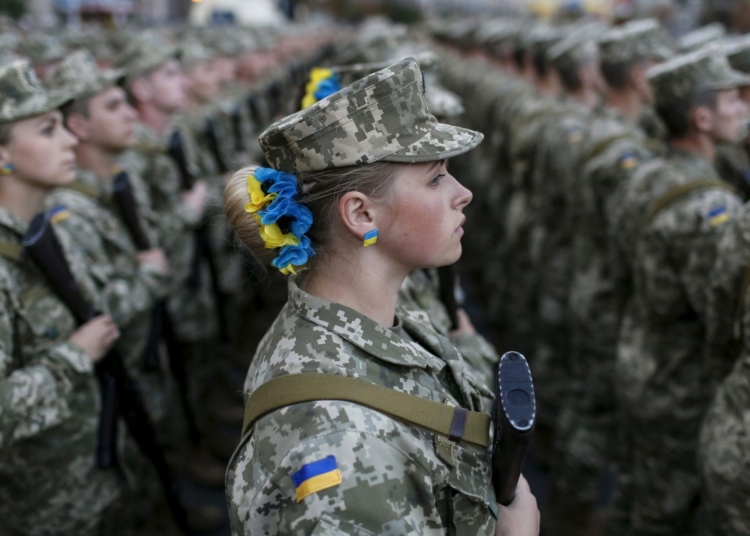This article highlights the artistic interpretations of the military in contemporary culture. It explores how artists use their work to critique militarism and provoke thought on warfare and its consequences. The article also discusses how artists depict war as a theme, shedding light on the human experiences and effects of conflict. It explains the symbolism in military imagery and how artists use it to convey deeper meanings. Additionally, the article explores how artists create memorial pieces and commemorative artworks to reflect on the impact of war on society. It concludes by discussing how some artists subvert military visual language to challenge perceptions and explore new interpretations.
Beyond Camouflage: Artistic Interpretations of the Military in Contemporary Culture
Introduction
In contemporary culture, the military holds a significant place, serving as a symbol of power, strength, and patriotism. However, beyond its traditional role in warfare, the military has also become an intriguing subject of artistic interpretations. From paintings and sculptures to films and installations, artists around the world have been exploring the multifaceted dimensions of the military, shedding light on its impact on society, politics, and individual lives. This article will delve into the realm of artistic representations of the military, highlighting the diverse perspectives and narratives they offer.
Art as a Medium of Critique
One of the most intriguing aspects of artistic interpretations of the military is their ability to serve as a medium of critique. Artists express their concerns and opinions about militarism, warfare, and its consequences through their art, provoking thought and sparking discussions. For instance, the renowned artist Banksy, known for his provocative and politically charged artworks, has created several pieces that critique militarization, conflicts, and the harsh realities of war. His stencils of soldiers and civilians in compromising positions question the ethics and consequences of military actions.
War as a Theme
Another angle through which artists approach the military is by exploring the theme of war. War has been a subject for artistic interpretation for centuries, and contemporary artists continue to find new ways to depict its horrors, heroism, and aftermath. From grand-scale installations depicting battlefield scenes to intimate paintings illustrating the emotional toll of war on soldiers and their families, artists shed light on the human experiences and the devastating effects of conflict.
Symbolism in Military Imagery
Military imagery, such as uniforms, insignias, and weaponry, often carries powerful symbolism. Artists use these elements to evoke emotions and convey deeper meanings. This symbolism helps viewers question the cultural significance and impact of the military. For example, visual artist Yinka Shonibare explores the complexities of colonialism and post-colonial identity through his use of British military uniforms made with African fabrics. By combining these contrasting elements, Shonibare highlights the entangled relationship between power, authority, and identity.
Memorializing and Commemorating
The military plays a role in the collective memory of nations. Artists often engage with this aspect by creating memorial pieces or commemorative artworks. These works not only pay homage to fallen soldiers but also allow viewers to reflect on the impact of war on society. The Vietnam Veterans Memorial in Washington, D.C., designed by Maya Lin, is a poignant example of such an artistic commemoration. Its black granite walls engraved with the names of soldiers serve as a powerful reminder of the human cost of war.
Subverting Military Visual Language
Some artists choose to subvert military visual language to challenge conventional perceptions and narratives. By using military materials, equipment, or techniques in unexpected ways, they push boundaries and explore new interpretations. For instance, Chinese artist Cai Guo-Qiang’s work often incorporates explosives, gunpowder, and fireworks, traditionally associated with destruction, to create thought-provoking installations. Through this subversion, Cai invites viewers to contemplate the contradictions and complexities around militarism.
Conclusion
Beyond camouflage and the battlefield, the military has inspired artists to create thought-provoking interpretations that explore the multifaceted nature of warfare, its consequences, and the societal, political, and individual impacts. Whether through critiquing militarism, examining war as a theme, utilizing military symbolism, memorializing fallen soldiers, or subverting military visual language, contemporary artists confront viewers with challenging perspectives and narratives that encourage reflection, dialogue, and understanding of the military and its place in our culture.













